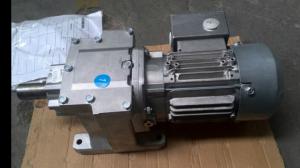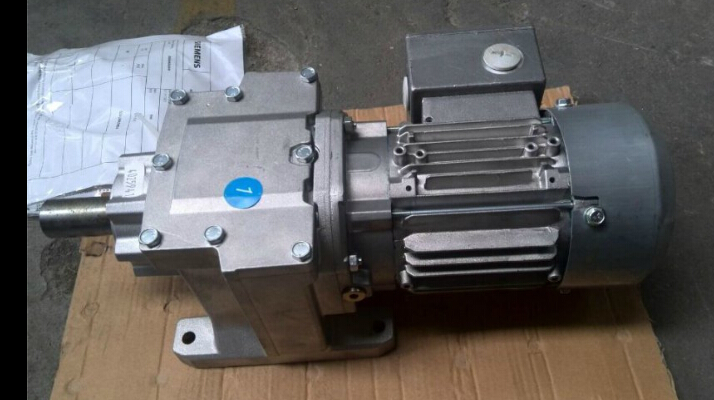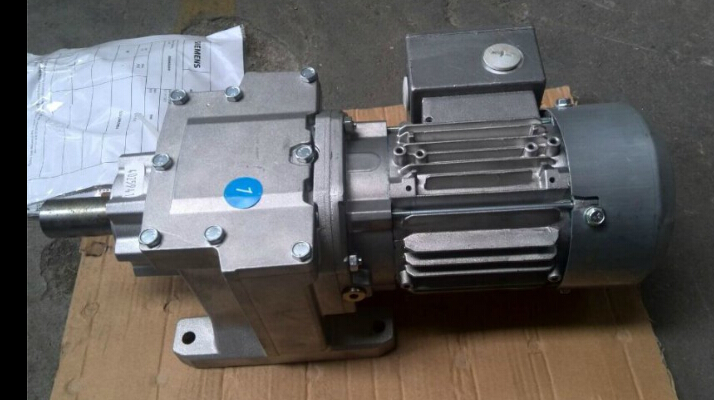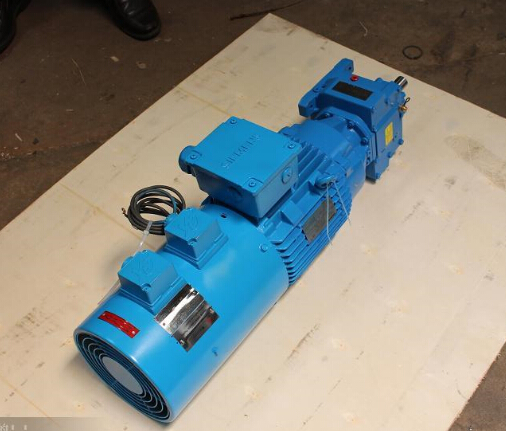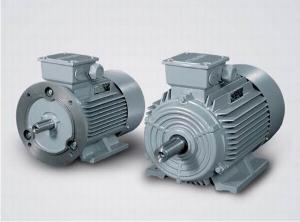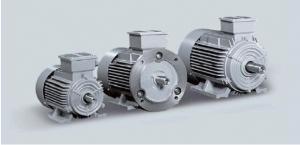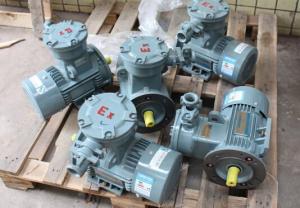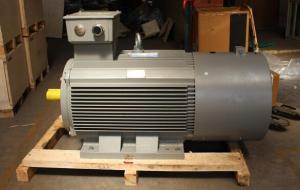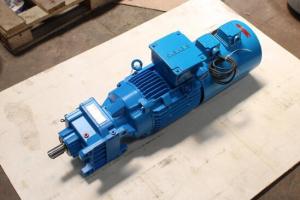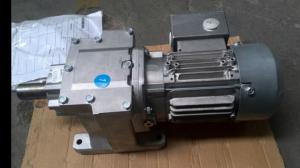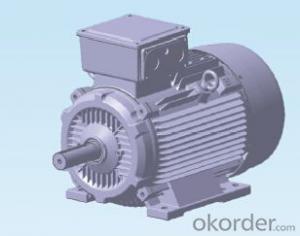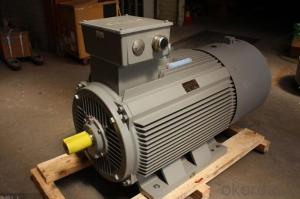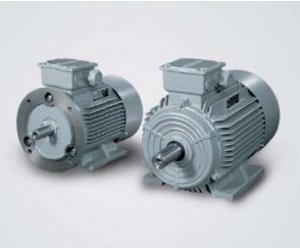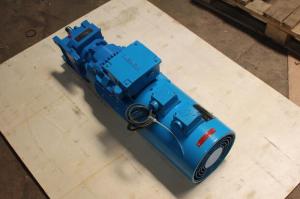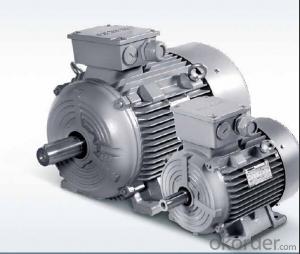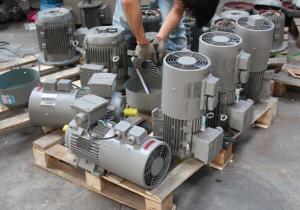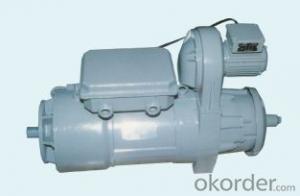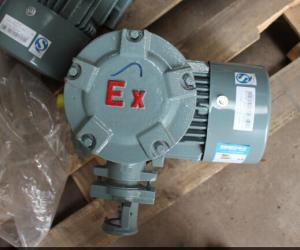Siemens Reducer Gear Motor
- Loading Port:
- China Main Port
- Payment Terms:
- TT OR LC
- Min Order Qty:
- -
- Supply Capability:
- -
OKorder Service Pledge
Quality Product, Order Online Tracking, Timely Delivery
OKorder Financial Service
Credit Rating, Credit Services, Credit Purchasing
You Might Also Like
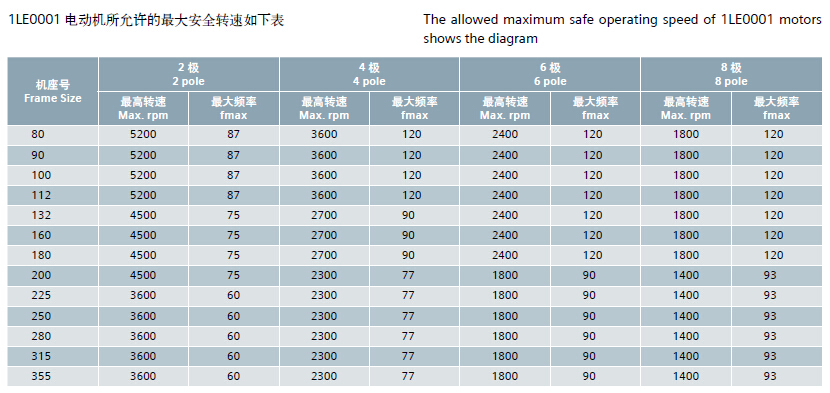
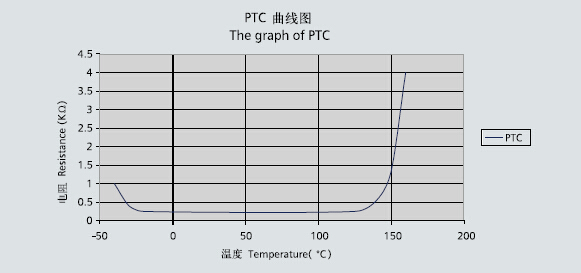
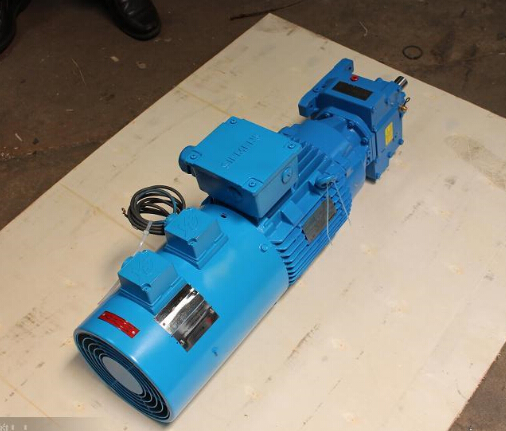
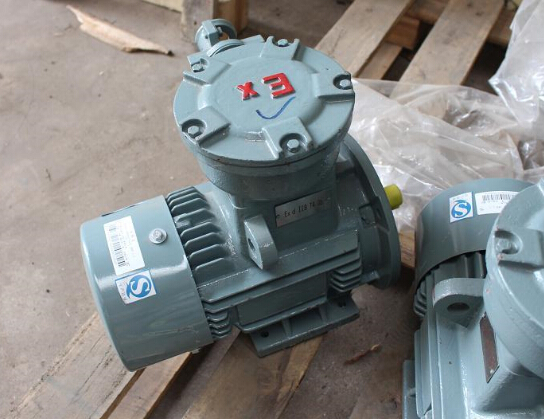
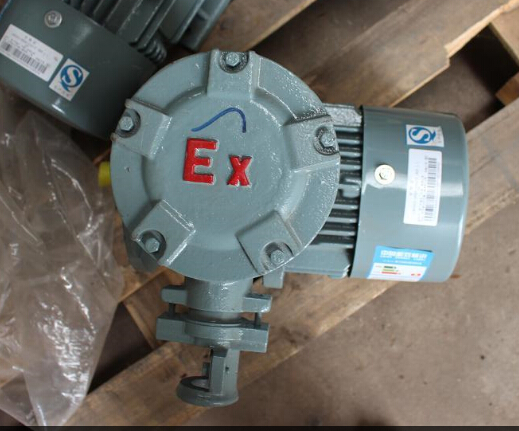

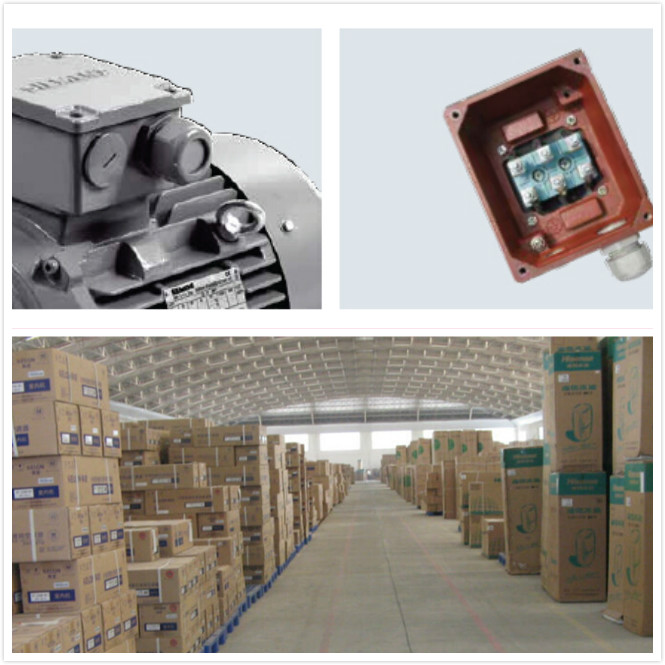
- Q: I know what a DC is. I think i'm sure about what an AC motor is, But what is an AC/DC motor and why is it different from an AC motor?
- it will be difficult to hand turn any motor fast enough to illuminate a bulb that large. You could put a volt meter on the motor while you turn it to see how many volts you get. You can also drive one motor with another motor, just to see what the best voltage possible is. A DC motor will generate DC voltage, and the DC voltage will likely be small - approx 12 volts or less. If you spin such a motor fast enough to generate 120 volts, it will self-destruct, because it's spinning ten times faster than it's designed. There will also be inefficiencies, so you will only get part of the electric energy out. You might want to try a smaller bulb, like a flashlight bulb.
- Q: How does an electric (AC) motor work?
- This is a huge question and I don't know how much detail you want or how much you've had the education to understand, so I'll be general. First a few basic concepts: Current flowing through a wire causes a magnetic field to be generated. Magnetic fields influence each other to move. Alternating current reverses polarity with each cycle. One simple type of electric motor consists of two fixed magnets and a coil of wire wrapped around a central shaft. The coil of wire becomes an electromagnet when an electric charge is applied to it. This then generates a magnetic field. The coil and the shaft it is attached to begin to rotate due to interactions with the two fixed magnets. This rotating shaft is the basis of the electric motor. There are many more details which you could learn if you want to do more research. There are many more complicated motor designs. An electric generator is the opposite of what was just described--physical rotation causes an output of electric energy. If you want a more detailed understanding of the fundamental forces involved, I would suggest taking an electromagnetic field physics class. Or if you just want to learn more about motors get one and tear it apart! Reverse engineering is the best way to truly understand how something works.
- Q: I want to bypass having to get 4 deep cycle batteries for my project. I need to power 2 24v 200w motors. I was considering a 2 cycle 1000w generator. I know I need an AC to DC converter, but what kind would I need in terms of stats. (Watts, volts and amps) would it just be better to go with the deep cycles?
- If you used a standard 1000 W generator that put out 120 VAC, you would need two transformers with a primary of 120 VAC and a secondary of 24 VAC 10 amps - one for each of the motors. In addition to the transformers, you would also need two bridge rectifier modules (one for each). Good rating to look for would be 100 PIV 30 amp. The 30 amps is because motors tend to draw high start up currents.
- Q: I need an Ebook on AC servo motors?
- An integral feedback device (resolver) or devices (encoder and tachometer) are either incorporated within the servo motor or are remotely mounted, often on the load itself. These provide the servo motor's position and velocity feedback that the controller compares to its programmed motion profile and uses to alter its velocity signal.
- Q: how to convert 12v DC to AC three phase, to run converted car alternator as a motor.?
- It has to be way less expensive to just buy a motor for what ever you need it for. The alternator will not have much power should you figure out how to make it work.
- Q: what is the formula for torque in ac motor?
- A variable-frequency drive (also termed adjustable-frequency drive, variable-speed drive, AC drive, micro drive or inverter drive) is a type of adjustable speed drive used in electro-mechanical drive systems to control AC motor speed and torque by varying motor input frequency and voltage
- Q: We are using single phase AC capacitor start run Induction motor.I want to know the same motor can be changed to three phase motor or not.If it is possible what are parts i have to change.
- 2 ways Use an inverter or variable speed drive that will produce 3 phase from a single phase supply or replace the motor with an appropriate single phase type, you need to get the right frame size, speed and power. There are methods that use capacitors to create out of phase supplies but they only work poorly.
- Q: normally in VFD we taking ac convert into dc then chopped the dc at desired frequency and voltage then again convert vaiable dc into ac.my question is that why we require to convert ac to dc and control it why we not control ac power and vary the speed.
- You can't convert AC power at 60 Hz directly to other frequencies.
- Q: I know that Watt, RPM Torque are connected each others, but, with the same RPM Watt, are there unordinary electric motors out there that have very higher torque than ordinary motors ( especially 220v 1 phase AC motors ) ?Can someone give me the website address about it ?
- Not okorder /
- Q: how do electric motors work on the ff. devices and machines?
- Coimputer- the motor drives fan for the cpu Printer- a motor drives the print head Washine machine- drives the paddle which recycles water and detergent solution electric fan- motor drives the fan or blower electric car-acts as prime mover for the car microwave oven- drives a fan and turn table tv- not all have motors radio- ordinary radios are without motors stoves- electric stoves are without motors but electric ovens have rotissure driven by small motors
Send your message to us
Siemens Reducer Gear Motor
- Loading Port:
- China Main Port
- Payment Terms:
- TT OR LC
- Min Order Qty:
- -
- Supply Capability:
- -
OKorder Service Pledge
Quality Product, Order Online Tracking, Timely Delivery
OKorder Financial Service
Credit Rating, Credit Services, Credit Purchasing
Similar products
Hot products
Hot Searches
Related keywords
